GIMP 3.0 is finally here, after years of waiting. Better late than never, right?
3 min. read
Published on
Read our disclosure page to find out how can you help MSPoweruser sustain the editorial team Read more
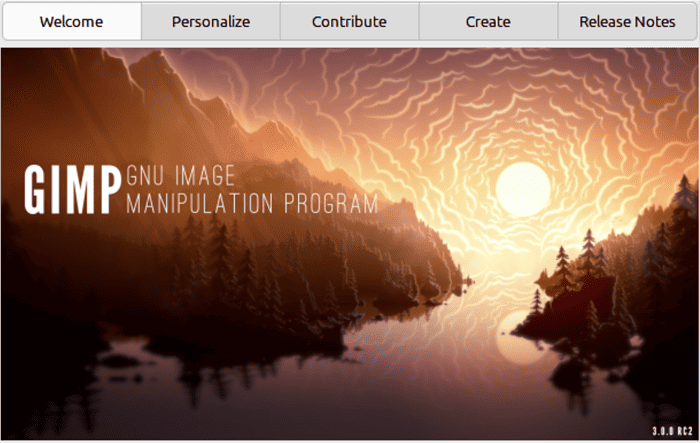
After over a decade of waiting, the GNU Image Manipulation Program (GIMP) has finally rolled out version 3.0. The new release comes with many new enhancements geared towards taking the user interface into the twenty-first century and infusing the software with more capabilities.
What’s new in GIMP 3.0?
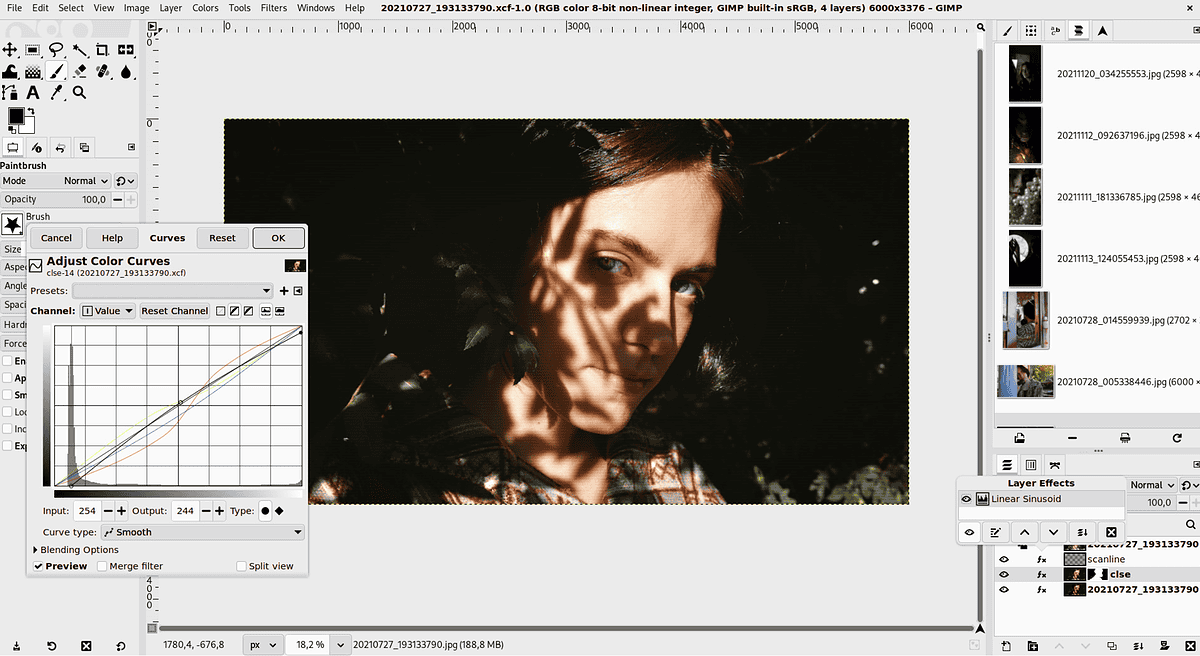
Transition to GTK3 Framework:
- Much better UI scaling on HiDPI screens, a common concern for users of GIMP 2.10.
- Much better support for tablet input.
- The theme system now uses CSS, which we hope will allow for users to more easily develop their own custom themes.
- GIMP 3.0 now runs natively on Wayland (though you can still run it on X11 as well)!
- A lot of important bugfixes which could not be backported to the GTK2 library we were using.
One of the mainstays of GIMP 3.0 is the improvement from the ancient GTK2 to the newer GTK3 library. This shift delivers a more responsive user interface with enhanced high-DPI screen compatibility and natural adoption in modern desktop environments like GNOME and KDE. The upgrade also simplifies theming options, offering users the default and system themes in light, dark, and gray modes.
Enhanced User Interface and Features
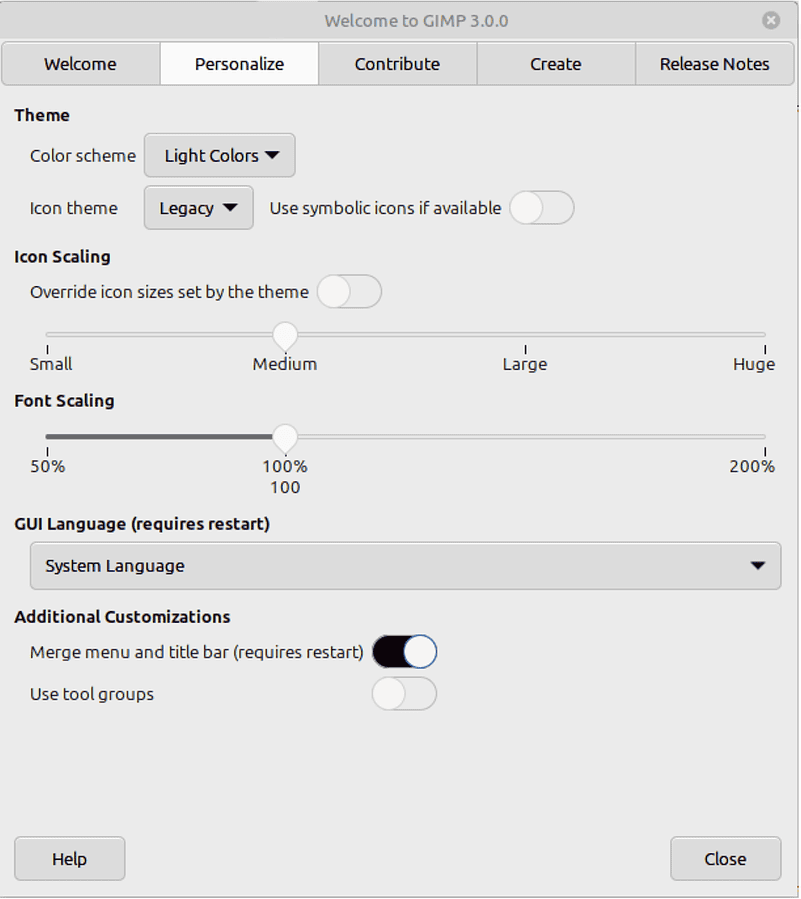
The redesign extends to the look of the software, including a fresh Wilber mascot logo that shows updated design aesthetics. Beyond surface-level changes, GIMP 3.0 introduces an entirely new set of features and performance improvements, making it a competing alternative to commercial image editing software like Adobe Photoshop.
- GIMP’s interface further incorporates Right-to-Left language layouts in various widgets and dialogues.
- We now better respect reduce motion and animation OS settings across the interface. Several animations and “easter eggs” no longer display based on your system settings. We implemented these fixes after feedback from users that these animations could cause motion sickness and other issues for certain people.
- Many
Legacyicons have been converted to SVG, allowing for cleaner scaling when the icon theme size is increased. New icons have also been created to better distinguish certain actions, like the multiple zoom options on the Navigation dockable.- The title bar on Windows now adapts to dark mode if you use a dark variant theme. You can also choose to merge the title bar with the menu to reduce the space it takes up on the screen.
- Number range sliders have been updated to be larger and easier to grab. Due to GTK3, they also now use + and - icons rather than the more ambigious ^ and v icons.
- A long-standing bug on macOS caused the UI text to become garbled for some users. This has been fixed thanks to an update to the Pango library bundled with GIMP 3.0!
Future development and roadmap
GIMP 3.0’s development has been a long journey for developers and the community alike. We want to speed up this process. Going forward, we will only introduce new features during minor releases (such as GIMP 3.2), and 3.0.x releases will be reserved for bugfixes (as it used to be until GIMP 2.8 series; the 2.10 series was an exception when we added features even in micro point releases).
With the release of GIMP 3.0, the development team also aims to become more frequent with updates so that users can expect a timely feature and improvement pipeline in the future. The software itself remains free and open-source, showing its commitment to openness and collaborative development.
Overall, GIMP 3.0 is a significant improvement, providing both new and existing users with a better and richer image editing experience. If you’re a new user, you can download GIMP 3.0 from the official website or the Microsoft store.
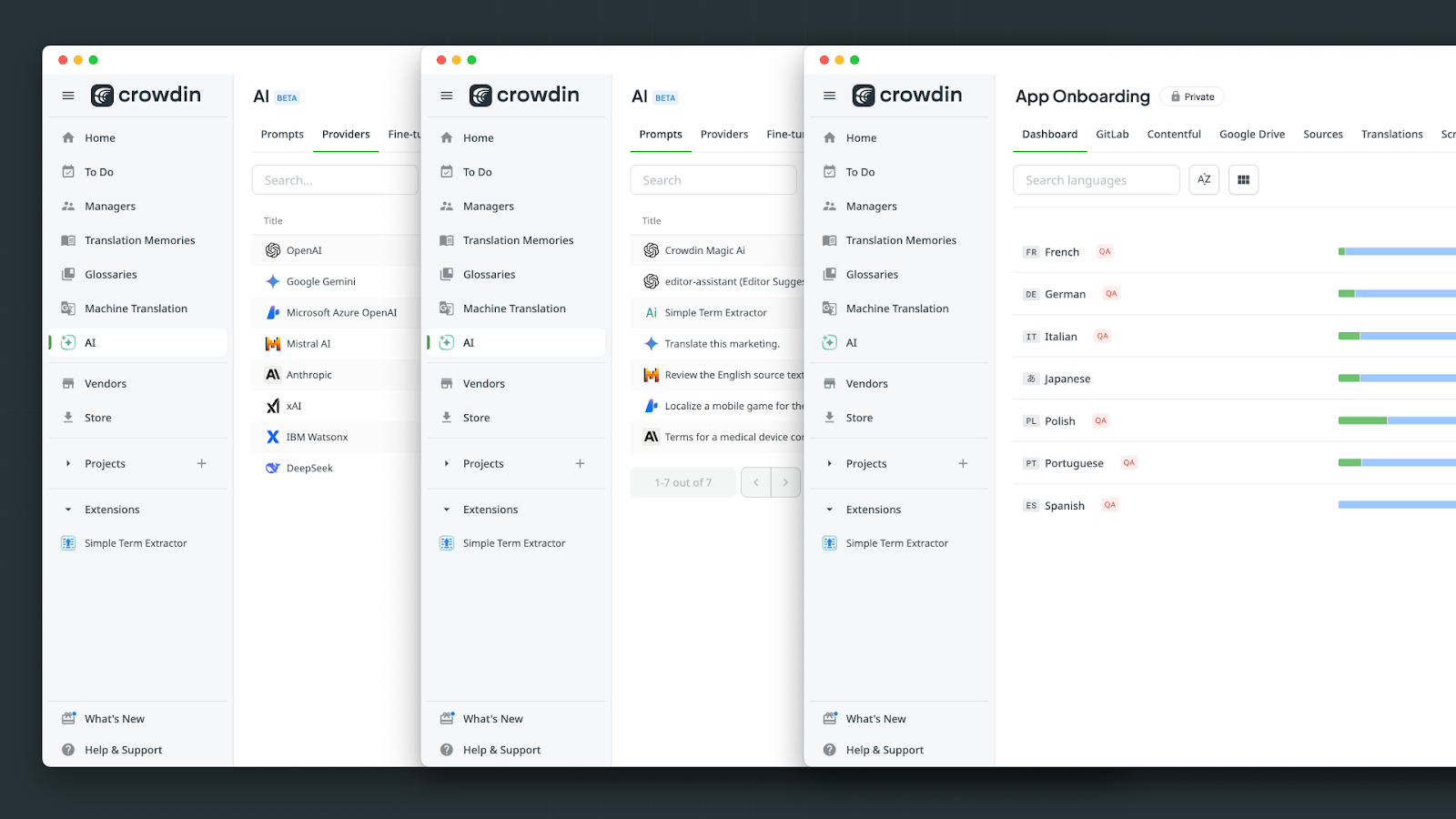
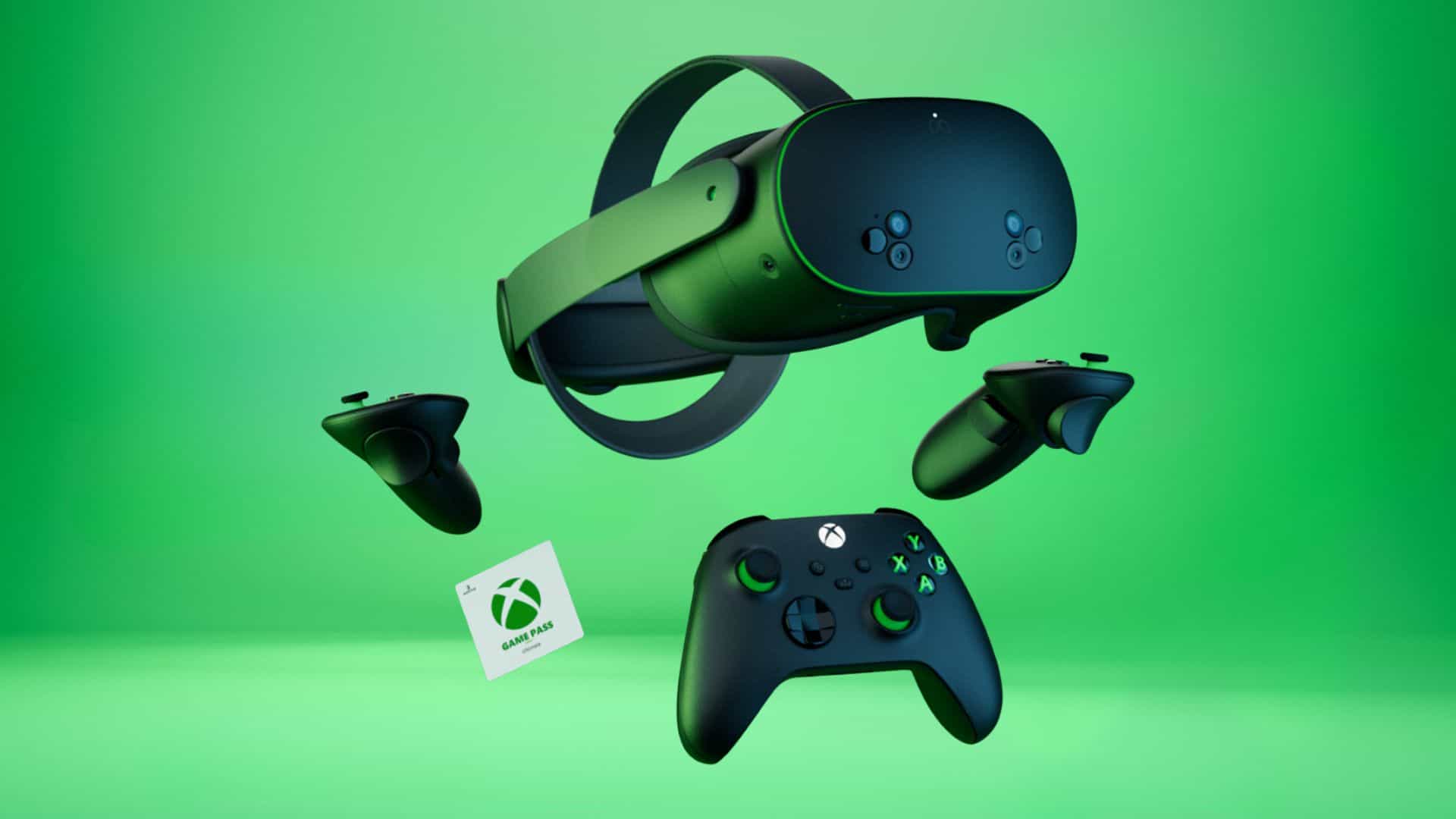



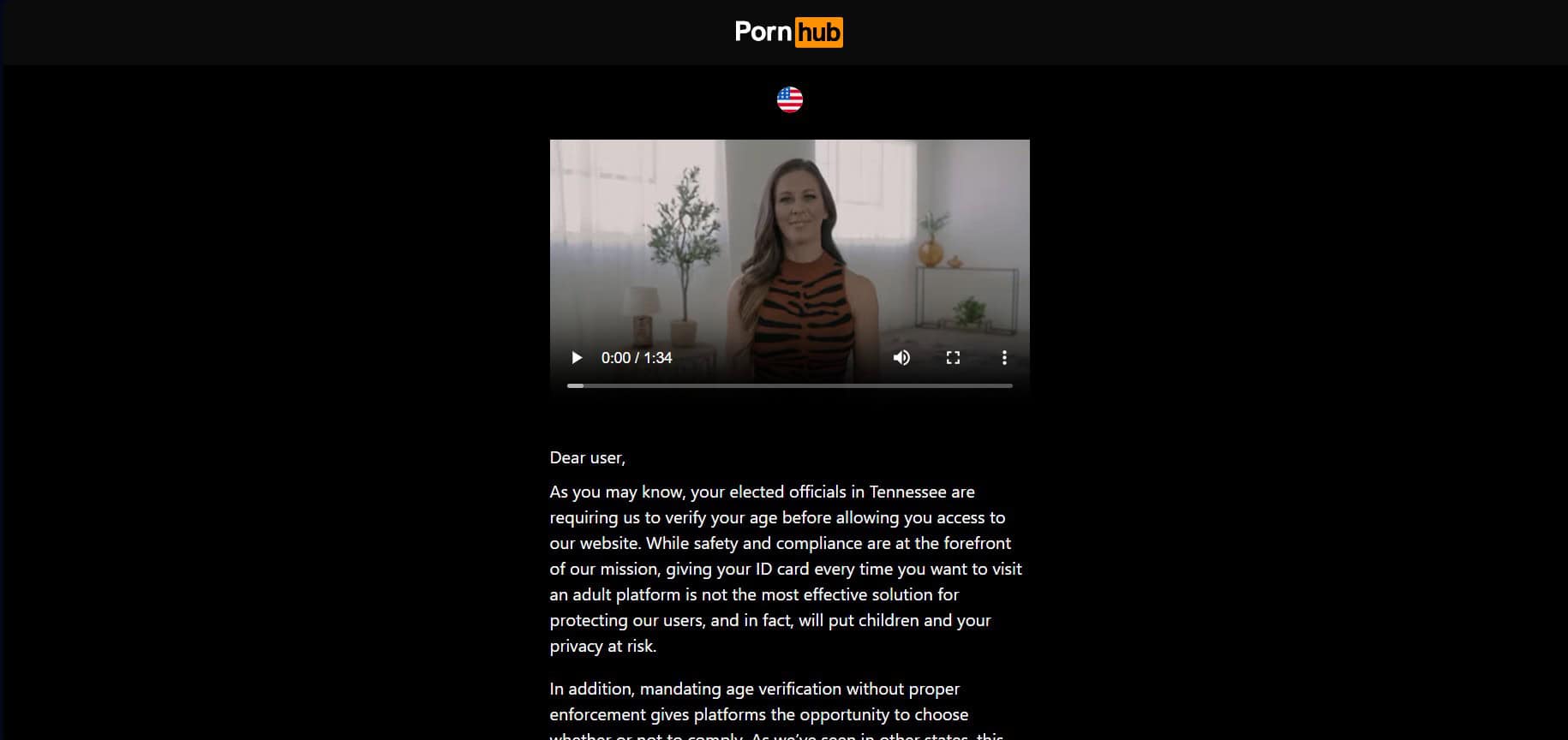
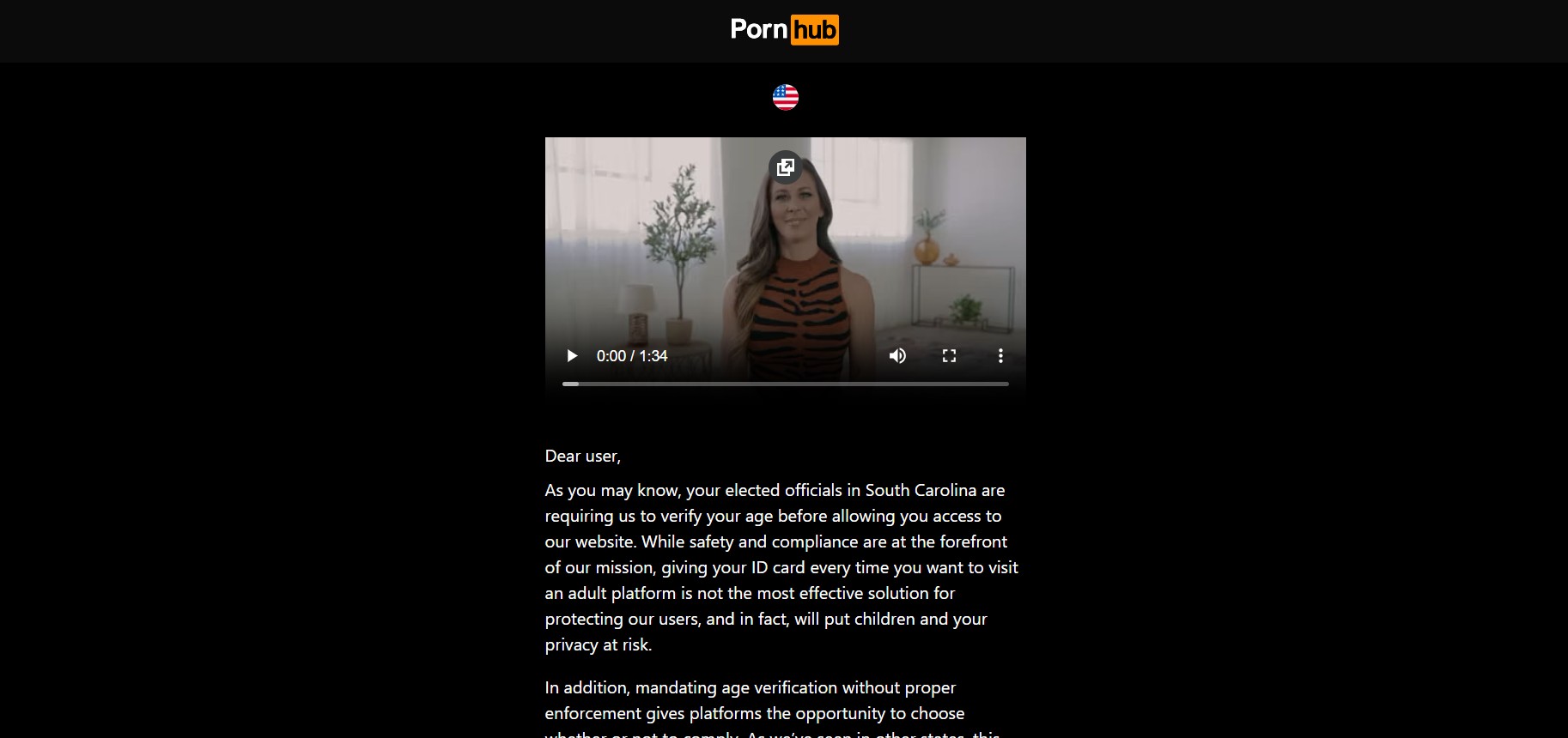

User forum
0 messages